Sparidi - Sparidae
Sparidi Sparidae comprende 125 specie pesciappartenenti all’ordine Perciformes
Bogue - Boops boops
Gilt-head bream - Sparus Aurata
Picarel - Spicara smaris
Saddled seabream - Oblada melanura
Salema - Sarpa salpa
Sand steenbras or striped seabream - Lithognathus Mormoryus
Sargo or White seabream - Diplodus Sargus
Greater bream - Diplodus sargus sargus
Sarago sparaglione - Diplodus annularis
Sargo Picudo - Diplodus puntazzo
Two-banded sea bream - Diplodus vulgaris
Zebra sea bream - Diplodus cervinus
Tanuta - Cantaro - Spondyliosoma cantharus
The Sparidae family includes 125 species of saltwater fish belonging to the order Perciformes.

Distribution and habitat
The bream are widespread in all temperate and tropical waters of the world, including the Mediterranean Sea, where they are extremely common and often make up the bulk of the fish fauna of coastal areas. The area where they are represented by the greatest number of species, however, South Africa. Some sparidae are euryhaline and can be found in brackish or fresh waters. They are more frequent in coastal areas but can be found, even in large numbers in circalittoral.

Description
The form of sparidae is usually fairly uniform: the body is stretched, compressed and the sides high enough. The dorsal fin has the first spiny rays. The tail has the margin straight or bilobed. The teeth are usually very well developed, they can be canine, molariformi or incisiviformi. The livery is basically silver with spots, stripes and dark dots that make up a more fundamental importance to identify species. The sparidae deeper waters often have a red or pink background color.
Reproduction
Many species are hermaphrodites: show that male and female sexual organs, but the gonads of both sexes mature at different times so they mate fecondandosi another with another partner. Other species instead born as male specimens and aging are transformed into females (hermaphroditism proterandrous), while others are transformed into males in the group if they fail.
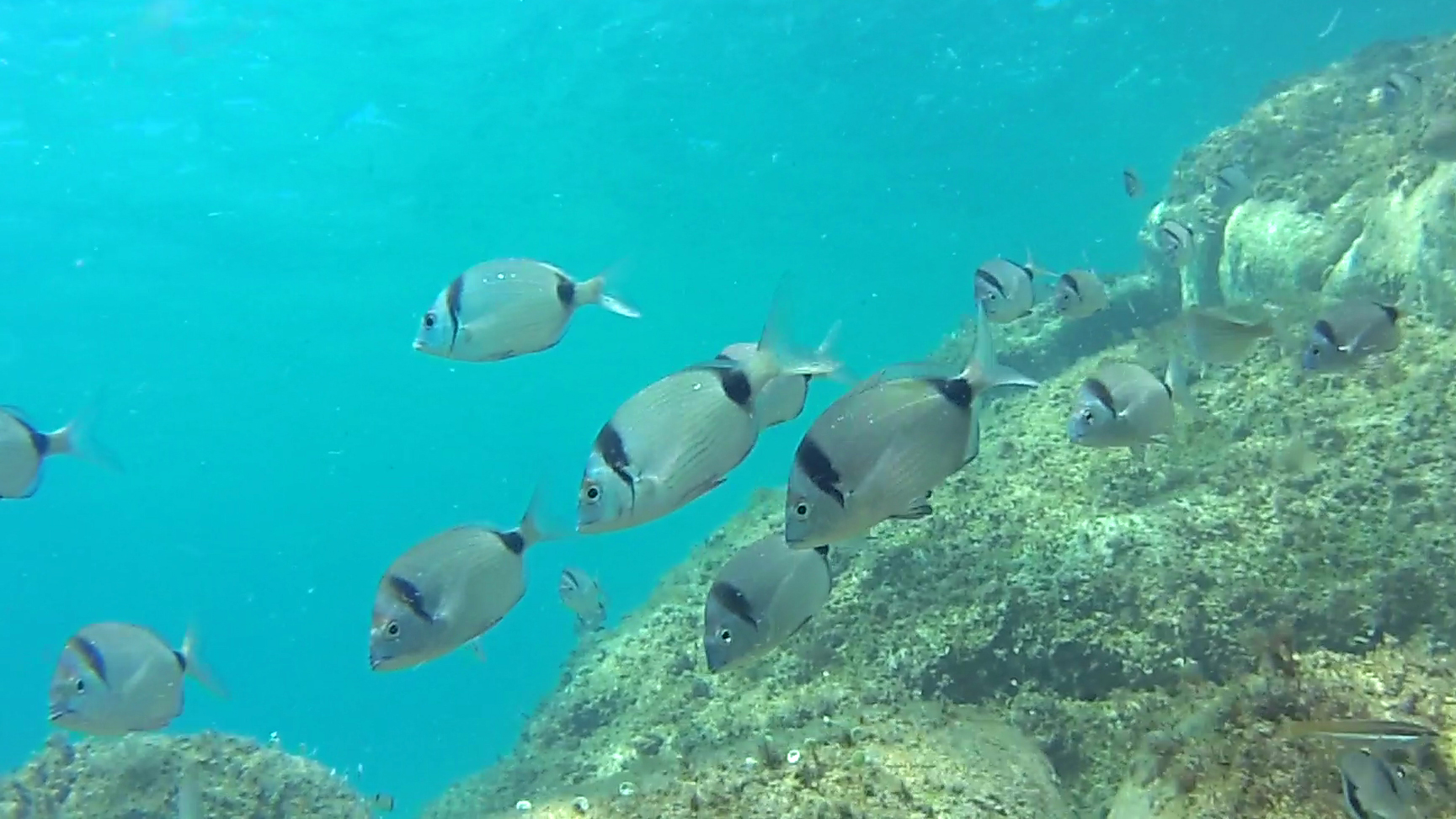
Supply
Most of the species is carnivorous, feeding on invertebrates, even at very hard shell such as shellfish or bivalve molluscs. Only a few large species catch small fish. Many species add to their diet plant material; in certain sparidae (like sails) plant component constitutes the vast majority of the diet.
Genera
Some of the most common species are: Diplodus sargus sargus (real seabream or greater), Diplodus vulgaris (or Banded seabream Headed), Diplodus puntazzo (Sargo picudo), Diplodus annularis (Esparrallón), Oblada melanura (Saddled seabream or Oblada), Sarpa Salpa (Salema), Sparus Aurata (Gilt Head Bream).

- Acanthopagrus Peters, 1855
- Allotaius Whitley, 1937
- Archosargus Gill, 1865
- Argyrops Swainson, 1839
- Argyrozona Smith, 1938
- Boops Cuvier, 1814
- Boopsoidea Castelnau, 1861
- Calamus Swainson, 1839
- Cheimerius Smith, 1938
- Chrysoblephus Swainson, 1839
- Chrysophrys Quoy & Gaimard, 1824
- Crenidens Valenciennes in Cuvier & Valenciennes, 1830
- Cymatoceps Smith, 1938
- Dentex Cuvier, 1814
- Diplodus Rafinesque, 1810
- Evynnis Jordan & Thompson, 1912
- Gymnocrotaphus Günther, 1859
- Lagodon Holbrook, 1855
- Lithognathus Swainson, 1839
- Oblada Cuvier, 1829
- Pachymetopon Günther, 1859
- Pagellus Valenciennes in Cuvier & Valenciennes, 1830
- Pagrus Cuvier, 1816
- Parargyrops Tanaka, 1916
- Petrus Smith, 1938
- Polyamblyodon Norman, 1935
- Polysteganus Klunzinger, 1870
- Porcostoma Smith, 1938
- Pterogymnus Smith, 1938
- Puntazzo Bleeker, 1876
- Rhabdosargus Fowler, 1933
- Sarpa Bonaparte, 1831
- Sparidentex Munro, 1948
- Sparodon Smith, 1938
- Sparus Linnaeus, 1758
- Spondyliosoma Cantor, 1849
- Stenotomus Gill, 1865
- Virididentex Poll, 1971
Comment (5)
Comments are closed.

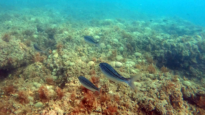
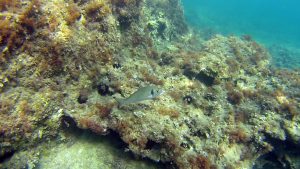
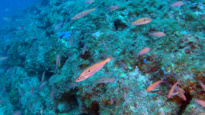
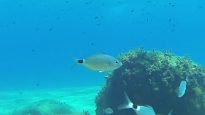
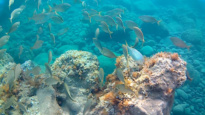
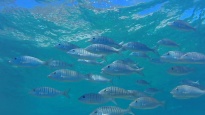
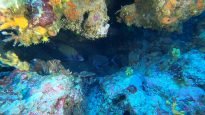
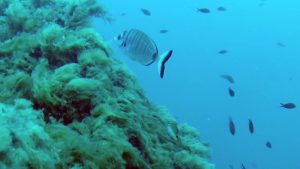
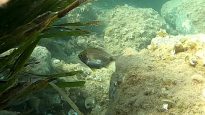
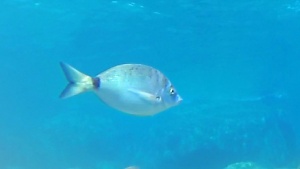
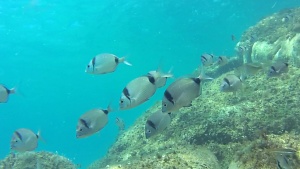
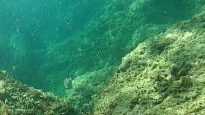
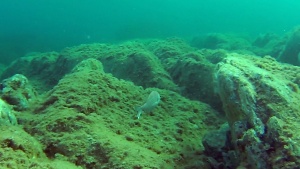
bookmarked!!, I really like your blog!
I was recommended this web site by my cousin.
I’m not sure whether this post is written by him as nobody else know such detailed about my trouble.
You’re incredible! Thanks!
What’s up to all, how is all, I think every one is getting more from
this website, and your views are pleasant in favor of new users.
Hello mates, its wonderful post regarding cultureand completely defined, keep it up all the time.
It is perfect time to make some plans for the long run and it’s time to be
happy. I have read this put up and if I could I want to suggest
you some fascinating issues or tips. Maybe you can write subsequent articles referring to
this article. I wish to read more issues approximately
it!